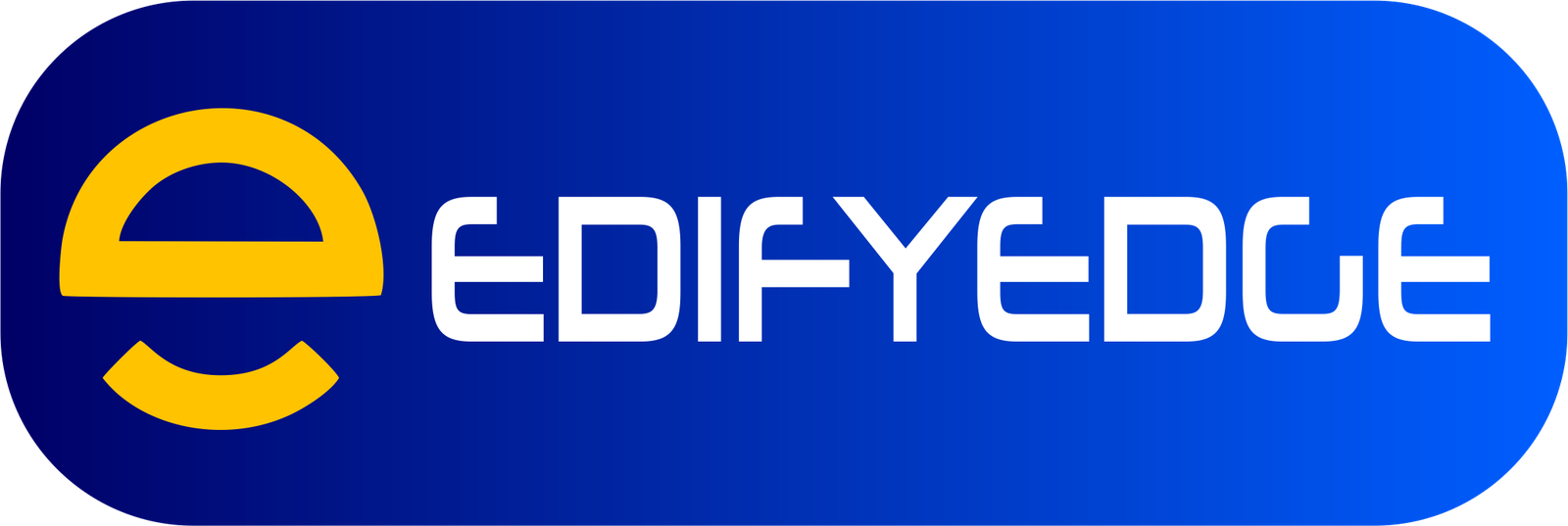What is a Home Equity Loan?
A home equity loan is a type of loan that allows homeowners to borrow money against the equity they have built up in their home. Equity is the portion of the home’s value that the homeowner actually owns, calculated by subtracting the remaining mortgage balance from the home’s current market value.
Home equity loans work by using the equity in your home as collateral for the loan. The lender will provide you with a lump sum of cash upfront, and you will be required to make fixed monthly payments over a predetermined period, typically 5 to 30 years, to pay back the loan plus interest.
Unlike a home equity line of credit (HELOC), which functions more like a credit card with a revolving balance, a home equity loan provides you with a fixed amount of money upfront. This makes it better suited for larger, one-time expenses, such as home renovations, debt consolidation, or college tuition.
Benefits of a 10-Year Home Equity Loan
One of the primary advantages of a 10-year home equity loan is the fixed interest rate. Unlike adjustable-rate loans, where the interest rate can fluctuate over time, a fixed-rate loan ensures that your monthly payments remain consistent throughout the loan term. This predictability can make budgeting and financial planning more manageable.
Another significant benefit of a 10-year home equity loan is the ability to pay off the loan faster. Compared to longer-term loans, such as 15 or 30-year mortgages, a 10-year loan allows you to become debt-free more quickly. This shorter repayment period means you’ll pay less interest over the life of the loan, potentially saving you thousands of dollars.
Furthermore, a 10-year home equity loan can help you build equity in your home at a faster rate. Equity is the portion of your home’s value that you own outright, and it increases as you make payments toward the principal balance of your loan. By paying off your loan more quickly, you’ll accumulate equity more rapidly, which can be beneficial if you plan to sell your home or access that equity for other purposes, such as home improvements or investments.
Factors Affecting Home Equity Loan Payments
Several key factors influence the size of your monthly home equity loan payments:
Loan Amount
The total amount you borrow has the biggest impact on your payment size. Larger loans mean higher payments, while smaller loans result in lower payments. Carefully consider how much you truly need to borrow.
Interest Rate
Home equity loans typically have variable interest rates that can fluctuate over the loan term. Higher rates increase your monthly payments, while lower rates reduce them. Pay attention to market rates when applying.
Loan Term
Home equity loans are commonly repaid over 5-15 years. Shorter terms like 10 years result in higher monthly payments compared to longer terms, but you’ll pay less total interest.
Fees and Closing Costs
Lenders often charge upfront fees like appraisal, application, and origination fees that can be rolled into the total loan amount, increasing your payments slightly.
Property Taxes
If your home equity use requires paying property taxes, those amounts may be escrowed into your monthly payment, making it higher than just principal and interest.
By understanding how these factors interplay, you can better estimate your potential home equity loan payment and structure the loan to fit your budget.
How to Calculate Home Equity Loan Payments
To calculate your monthly payments for a 10-year home equity loan, you’ll need to know three key pieces of information: the loan amount, the interest rate, and the loan term (in this case, 10 years or 120 months). With these details, you can use the following formula to calculate your monthly payment:
M = P [ c(1+c)^n / (1+c)^n - 1]
Where:
- M = Monthly payment amount
- P = Principal (loan amount)
- c = Monthly interest rate (annual interest rate / 12)
- n = Number of payments (120 for a 10-year loan)
For example, let’s say you’re taking out a $50,000 home equity loan with an annual interest rate of 6% for 10 years. Here’s how you would calculate your monthly payment:
-
Convert the annual interest rate to a monthly rate:
Monthly interest rate (c) = 6% / 12 = 0.005 or 0.5% -
Plug the values into the formula:
M = $50,000 [ 0.005(1+0.005)^120 / (1+0.005)^120 – 1]
M = $50,000 [ 0.005(1.608) / 1.608 – 1]
M = $50,000 [ 0.008 / 0.608]
M = $50,000 x 0.013157 -
Calculate the monthly payment:
M = $50,000 x 0.013157
M = $657.85
Therefore, with a $50,000 home equity loan at 6% interest for 10 years, your monthly payment would be approximately $657.85.
It’s important to note that this calculation assumes a fixed interest rate and equal monthly payments over the life of the loan. In reality, some home equity loans may have variable interest rates or different payment structures, which would affect the monthly payment amount.
Online Home Equity Loan Payment Calculators
There are many online calculators available that can help you estimate your monthly payments for a 10-year home equity loan. These calculators typically require you to input information such as the loan amount, interest rate, and loan term (in this case, 10 years). Some popular options include:
Bank Calculators
Many banks and lenders offer free online calculators on their websites. These calculators are tailored specifically to the home equity loan products offered by that institution, so the results will be accurate based on their current rates and terms.
Third-Party Calculators
There are also numerous third-party websites that provide home equity loan calculators. While these may not be tied to a specific lender, they can still give you a good estimate of what your payments might be.
How to Use Online Calculators
Using an online home equity loan calculator is generally straightforward. You’ll typically need to input the following information:
- Loan amount (the amount you want to borrow)
- Interest rate (either a rate you’ve been quoted or the current average rate)
- Loan term (10 years for a 10-year loan)
- Property value and remaining mortgage balance (to calculate your available equity)
Once you’ve entered this information, the calculator will provide an estimate of your monthly payment amount. Many calculators will also show you the total interest paid over the life of the loan and other helpful details.
It’s a good idea to try out a few different calculators to get a range of estimates. Keep in mind that these are just estimates, and your actual monthly payment may vary slightly depending on the lender and your specific financial situation.
Home Equity Loan vs Traditional Mortgage
A home equity loan and a traditional mortgage are two different types of loans that serve different purposes. While a traditional mortgage is used to purchase a home, a home equity loan allows you to borrow against the equity you’ve built up in your existing home.
Loan Rates
Home equity loans typically have lower interest rates compared to traditional mortgages. This is because the loan is secured by the equity in your home, which acts as collateral and reduces the risk for the lender. However, mortgage rates can be lower than home equity loan rates if you have an excellent credit score and low debt-to-income ratio.
Loan Terms
Traditional mortgages generally have longer repayment terms, ranging from 15 to 30 years. Home equity loans, on the other hand, typically have shorter repayment terms, such as 5, 10, or 15 years. The shorter term means you’ll pay off the loan faster, but your monthly payments will be higher.
Approval Process
The approval process for a home equity loan is generally simpler and faster than a traditional mortgage. Since you already own the home, the lender only needs to verify your equity and creditworthiness. For a traditional mortgage, the lender will also need to appraise the property you’re purchasing and evaluate your ability to make the monthly payments.
When deciding between a home equity loan and a traditional mortgage, consider your financial situation, the purpose of the loan, and the repayment terms that work best for you. A home equity loan can be a convenient way to access funds for home improvements, debt consolidation, or other expenses, while a traditional mortgage is necessary for purchasing a new home.
Using a Home Equity Loan Wisely
A home equity loan can be a useful financial tool, but it’s important to use it responsibly. Here are some recommended uses and risks to consider:
Recommended Uses:
- Home improvements or renovations that increase the value of your home
- Consolidating high-interest debt at a lower interest rate
- Paying for education expenses
- Covering major medical bills or emergency expenses
However, it’s crucial to have a solid repayment plan and not overextend yourself financially.
Risks of Over-Borrowing:
- Putting your home at risk of foreclosure if you can’t make the payments
- Accumulating additional debt on top of your mortgage
- Reducing the equity you have built up in your home
- Paying excessive interest and fees if you borrow more than necessary
Remember, a home equity loan is secured by your home, so failing to make payments can have severe consequences. It’s essential to borrow only what you need and can comfortably afford to repay within the loan term. Carefully consider your financial situation and long-term goals before taking out a home equity loan.
Home Equity Loan Qualification Requirements
To qualify for a home equity loan, lenders typically have certain credit score, income, and home value criteria that borrowers must meet. A higher credit score, usually 680 or above, will give you access to better interest rates and loan terms. Lenders want to see a stable income source and a debt-to-income ratio below 43%, proving you can comfortably make the monthly payments.
The amount you can borrow is based on your home’s appraised value and how much equity you have built up. Most lenders allow you to borrow up to 85% of your home’s equity. For example, if your home is worth $300,000 and you owe $200,000 on your mortgage, you have $100,000 in equity. At an 85% loan-to-value ratio, you could potentially borrow up to $85,000 with a home equity loan.
Home Equity Loan Application Process
Applying for a home equity loan typically involves the following steps:
-
Gather Required Documentation: You’ll need to provide your lender with various documents, including proof of income (W-2 forms, pay stubs, tax returns), a copy of your homeowner’s insurance policy, and possibly other financial statements.
-
Home Appraisal: The lender will arrange for a professional appraiser to assess the current market value of your home. This helps determine how much equity you have available to borrow against.
-
Complete the Application: You’ll need to fill out a formal application, providing details about your income, employment, assets, debts, and the purpose of the loan.
-
Submit to Underwriting: Once your application is complete, the lender’s underwriting team will review your finances, credit history, and the home appraisal to determine if you qualify for the loan and at what terms.
-
Receive Loan Estimate: If approved, the lender will provide you with a Loan Estimate, detailing the loan amount, interest rate, fees, and projected monthly payments.
-
Review and Accept Terms: Carefully review the Loan Estimate and, if satisfied, formally accept the loan terms and provide any additional documentation requested by the lender.
-
Closing Process: You’ll attend a closing meeting to sign the final loan documents and potentially pay any upfront fees or closing costs. The lender will then disburse the loan funds, minus any fees or costs deducted.
Throughout the process, be prepared to provide any additional information or documentation requested by the lender to verify your financial situation and the value of your home’s equity.
Home Equity Loan Costs and Fees
When taking out a home equity loan, it’s important to be aware of the various costs and fees involved. These can add up and impact the overall cost of borrowing. Here are some common fees associated with home equity loans:
Origination Fees: Lenders typically charge an origination fee, which is a percentage of the loan amount, to cover the cost of processing and underwriting the loan. Origination fees can range from 0.5% to 1.5% of the loan amount.
Appraisal Fees: Most lenders require an appraisal to determine the current market value of your home. Appraisal fees can range from $300 to $500 or more, depending on the size and location of your property.
Closing Costs: Like a traditional mortgage, home equity loans have closing costs associated with them. These can include fees for title search, title insurance, recording fees, and other administrative costs. Closing costs can range from 2% to 5% of the loan amount.
Annual Fees: Some lenders charge an annual fee, often around $50 to $100, to maintain and service the home equity loan. These fees are typically added to your monthly payment.
It’s essential to factor in these costs when considering a home equity loan, as they can significantly impact the overall cost of borrowing. Be sure to shop around and compare offers from multiple lenders to find the best rates and fees.



